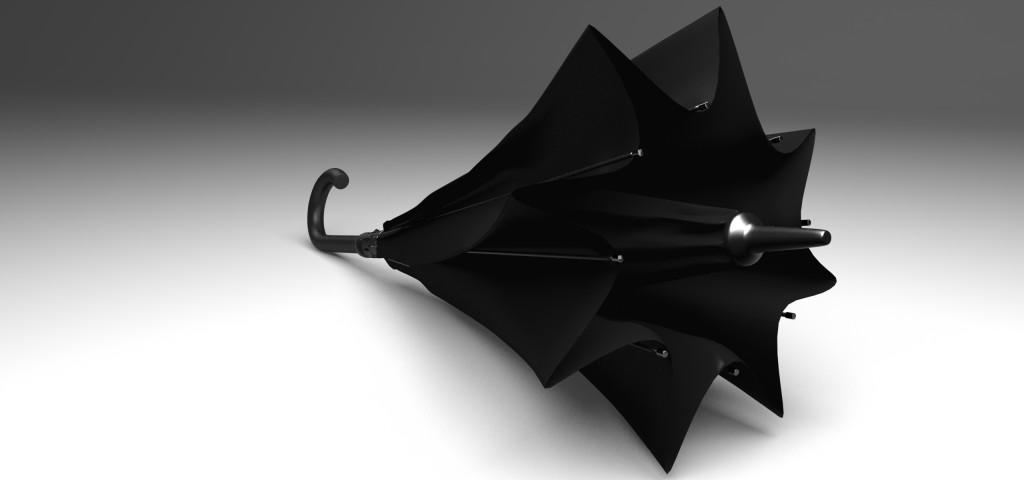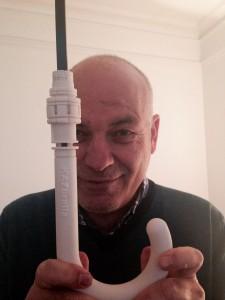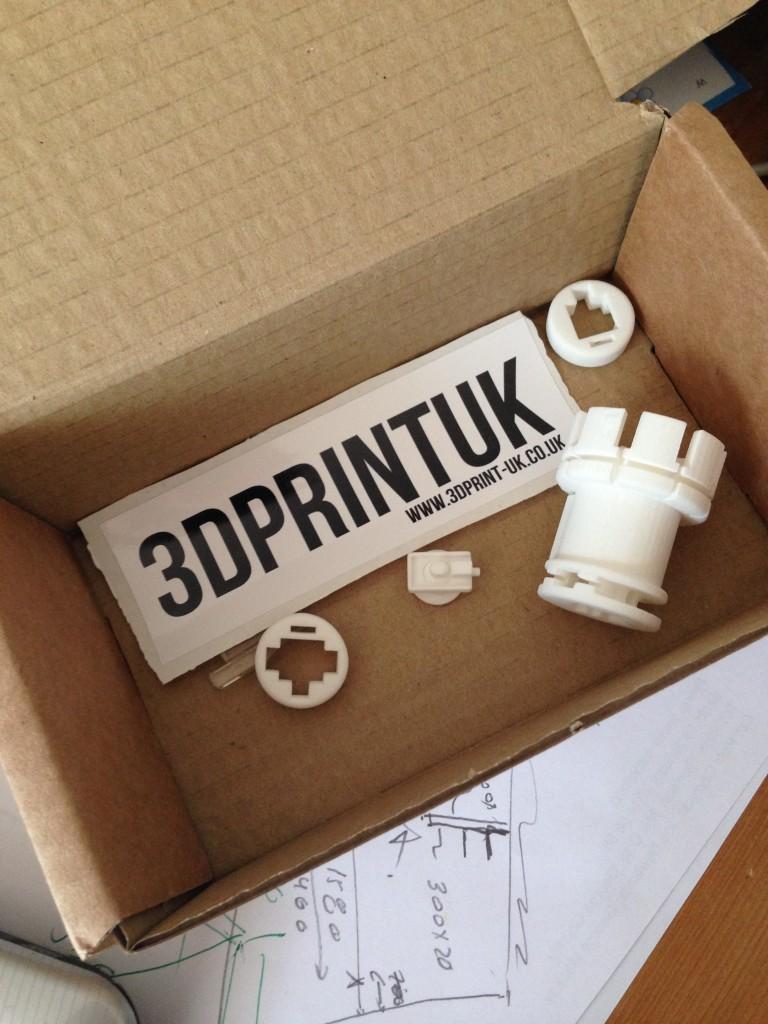 Given that most human beings lack the natural oil coating that allows ducks to weather a rainstorm without turning into soaking, bedraggled versions of their former selves, we, as humans, have to put a great deal more effort into staying dry when the weather turns against us. The most surefire way to do so is to stay home, sit by the fireplace, snuggle under a blanket, and read a good book. Unfortunately, that option isn’t always available. As such, there are a bevy of slickers, rain hoods, covered walkways, waterproof bags, and umbrellas that have been created to assist.
Given that most human beings lack the natural oil coating that allows ducks to weather a rainstorm without turning into soaking, bedraggled versions of their former selves, we, as humans, have to put a great deal more effort into staying dry when the weather turns against us. The most surefire way to do so is to stay home, sit by the fireplace, snuggle under a blanket, and read a good book. Unfortunately, that option isn’t always available. As such, there are a bevy of slickers, rain hoods, covered walkways, waterproof bags, and umbrellas that have been created to assist.
However, despite our ability to put a man on the moon (the technological standard by which my mother critiques all design failures) we have yet to develop a satisfactory way to keep dry. The rain slicker leaves a soggy line wherever it ends and, of course, leaves you with a heap of dripping coat to deal with upon arrival at your destination; the rain hood crushes your hair; the umbrella hat isn’t terribly dignified (not to mention leaving your shoulders exposed); and the covered walkways eventually end.
The umbrella is the most ubiquitous way of dealing with the rain and brings with it a whole series of problems, all of which are immediately and viscerally memorable. The first problem: the umbrella, as we currently have it, requires an elaborate car entry procedure during which time we must stand in the rain fully exposed before it and then us can enter the vehicle, or else try to close up the umbrella from an awkward seated position with the door wide open, not exactly keeping us dry. The second problem: once it is closed, no matter how carefully we try to avoid it happening, the umbrella drips, leaving soggy car seats, wet floors, and damp storage spots in its wake. The third problem: this is the first but in reverse, upon leaving the vehicle we must again brave the elements and hog the space around us as we open the umbrella for use.
 Designer Jenan Kazim didn’t see an insurmountable set of problems here; instead, his design instincts kicked in and he began to reverse engineer a solution based on a desired state (dryness, ease of storage, accessibility). The result is pure genius…and so obvious it leaves the rest of us wondering why on earth it took 3,000 years to get here. That is design at its best.
Designer Jenan Kazim didn’t see an insurmountable set of problems here; instead, his design instincts kicked in and he began to reverse engineer a solution based on a desired state (dryness, ease of storage, accessibility). The result is pure genius…and so obvious it leaves the rest of us wondering why on earth it took 3,000 years to get here. That is design at its best.
The newly envisioned umbrella, the KAZbrella, takes the problem and turns it on its head. While closed, the KAZbrella looks like a traditional umbrella. However, when it is opened, it is the inverse of its former self. This allows a person to get into their car with their KAZbrella still protecting them from the rain, narrow the car door to a crack, and then pull the center of the umbrella downward to close it. Once the now closed umbrella is pulled into the car, the wet surface is on the inside, safely contained and not dripping all over your upholstery, papers, or fellow passengers.
The creation of this idea was supported by access to 3D modeling and 3D printing technology. Kazim is an engineer and that interest in precision is what allows the newly envisioned umbrella to operate so smoothly. By utilizing 3D printing to prototype and refine and test again, Kazim was able to create parts with the type of precision necessary in order to quickly evaluate and make necessary adjustments. So, while the role that 3D printing played in the creation of this product may be overshadowed by the fantastic creation itself, those in the know will realize that without 3D printing and affordable rapid prototyping capabilities, it has taken us 3,000 years to get here.
The KAZbrella will be launching on Kickstarter for crowdfunding; you can get on the mailing list to be informed when the campaign goes viral.
Let us know what you think about this brilliant design made possible by 3D printing in the KAZbrella forum thread over at 3DPB.com.

Subscribe to Our Email Newsletter
Stay up-to-date on all the latest news from the 3D printing industry and receive information and offers from third party vendors.
You May Also Like
3D Printing Financials: Fathom Struggles in Financial Quicksand During Critical Transition
Facing a year of key transitions and financial pressures, Fathom (Nasdaq: FTHM) has filed its annual report for 2023 with the U.S. Securities and Exchange Commission (SEC). The document outlines...
Latest Earnings Overview for Australian 3D Printing Firms Titomic and AML3D
Australian 3D printing manufacturing firms Titomic (ASX: TTT) and AML3D (ASX: AL3) reported their financial results for the period from July to December 2023, marking the first half of their...
3D Printing Webinar and Event Roundup: April 7, 2024
Webinars and events in the 3D printing industry are picking back up this week! Sea-Air-Space is coming to Maryland, and SAE International is sponsoring a 3D Systems webinar about 3D...
3D Printing Financials: Unpacking Farsoon and BLT’s 2023 Performance
In the Chinese 3D printing industry, two companies, Farsoon (SHA: 688433) and Bright Laser Technologies, or BLT (SHA: 688333), have recently unveiled their full-year earnings for 2023. Farsoon reported increases...































